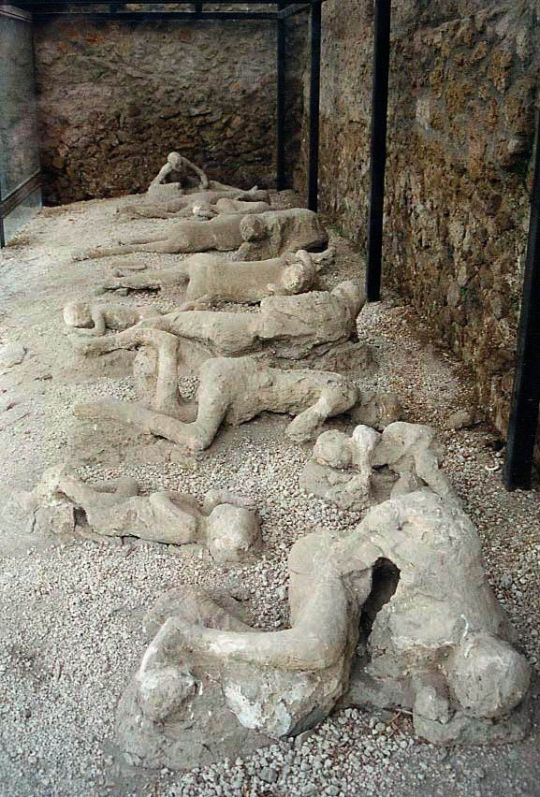#pompeya
Photo
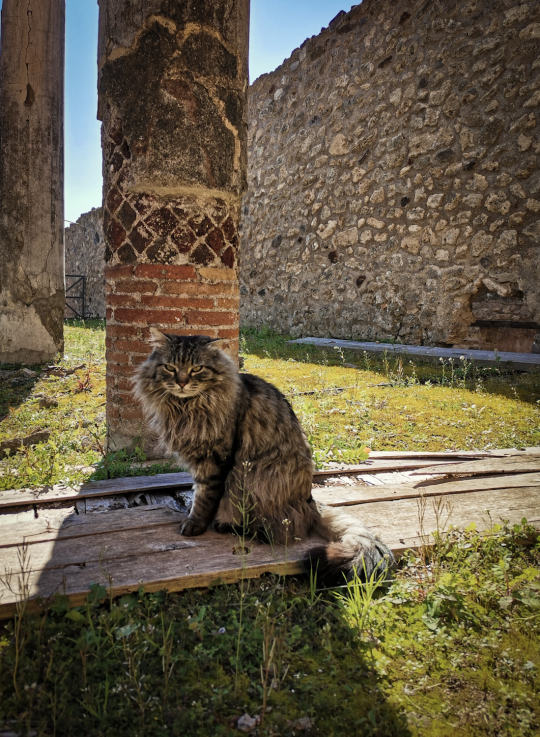
Lince, a beautiful inhabitant of Pompeii.
Photography by Silvia Vacca
3K notes
·
View notes
Text
Experiencia inmersiva que muestra cómo fue en directo la erupción del Vesubio en Pompeya:
103 notes
·
View notes
Text



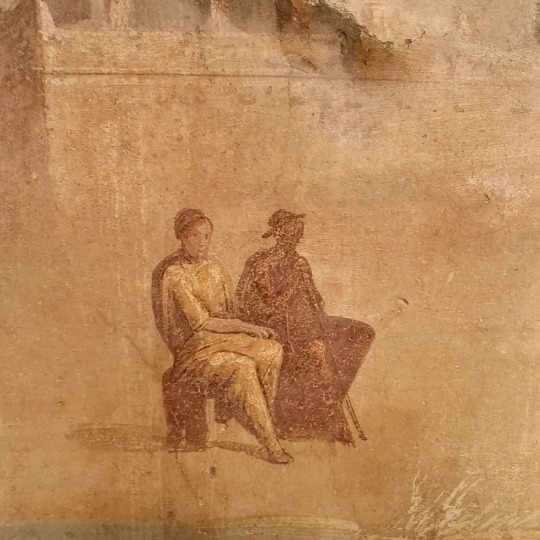
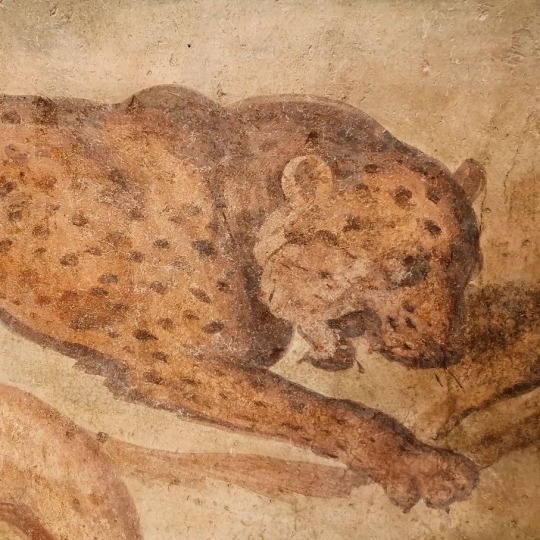

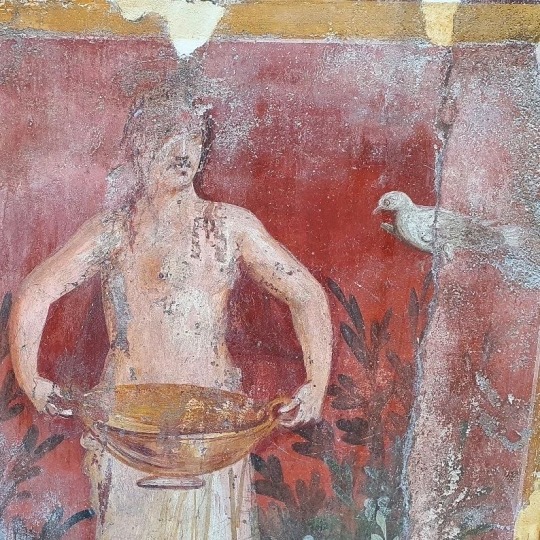


The House of the Ceii is one of the oldest in Pompeii. It dates from the Samnite era (2nd century BC) and the owner seems to have been a magistrate named Lucius Ceius Secundus (his name appears on the outside of it). The domus is adorned with precious ones. mural paintings with scenes of animals in fight. Hunters and prey are shown in their natural habitat; landscapes in which African hunters appear with Egyptian-style buildings, preparing to hunt hippopotamuses and crocodiles on the banks of the Nile. They were in very poor condition and have been restored by means of a complex laser system, thus recovering their original splendor.
Currently the domus can be visited, but it is advisable to first see what days it is open to the public.
Photos: Luigi Spina
#photography#culture#art#pompeii#pompeya#ancient buildings#domus#ancient rome#ancient cultures#museum#architecture
604 notes
·
View notes
Text

Ruins of Pompeii, Naples, ITALY
154 notes
·
View notes
Text
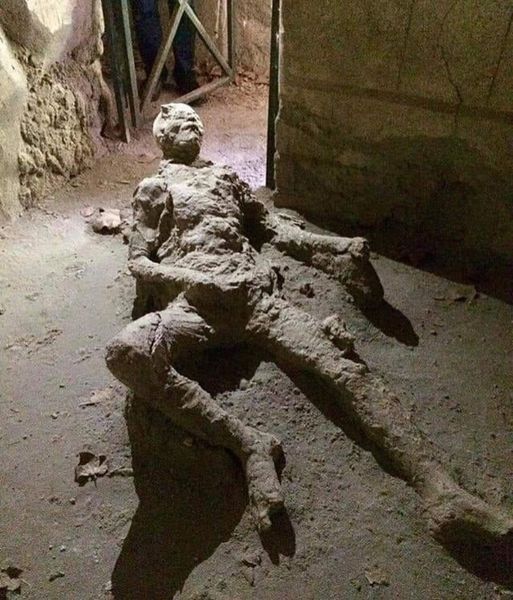
El masturbador de Pompeya, Imperio Romano, 79 d.C. La erupción del volcán Vesubio le pilló totalmente desprevenido y quedó así, en esta postura, para la eternidad.
The Pompeii Masturbator, Roman Empire, 79 A.D. The eruption of the volcano Vesuvius caught him completely unawares and he was left in this pose for eternity.
6 notes
·
View notes
Text
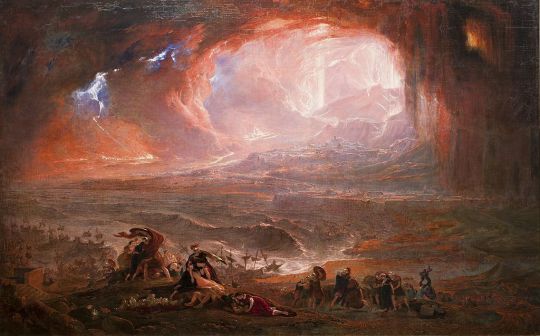
𝘿𝙚𝙨𝙩𝙧𝙪𝙘𝙘𝙞ó𝙣 𝙙𝙚 𝙋𝙤𝙢𝙥𝙚𝙮𝙖 𝙮 𝙃𝙚𝙧𝙘𝙪𝙡𝙖𝙣𝙤 (𝙅𝙤𝙝𝙣 𝙈𝙖𝙧𝙩𝙞𝙣, 1822)
#art#romanticism#painting#the destruction of pompei and herculaneum#john martin#19th century#1822#pompeii#ancient rome#artwork#romanticismo#arte#destrucción de pompeya y herculano#siglo xix#pompeya#antigua roma
7 notes
·
View notes
Text
Adiós Puebla, te ira bien haciendo cosplay de Pompeya
27 notes
·
View notes
Text
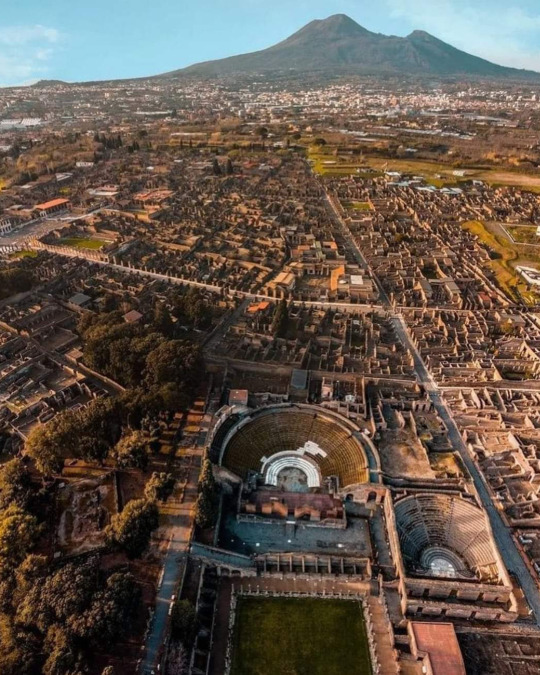
Pompeya es un vasto yacimiento arqueológico situado en la región de Campania, al sur de Italia, cerca de la costa de la bahía de Nápoles. Pompeya, que fue una próspera y sofisticada ciudad romana, quedó sepultada bajo metros de ceniza y piedra pómez tras la catastrófica erupción del Vesubio en el año 79 d.C.
18 notes
·
View notes
Text
La palabra Have en latín se traduciría como bienvenidos. En la entrada de una villa pompeyana se localizó el equivalente de nuestros felpudos pero en piedra, no me digáis que no es una maravilla 😀😀😀

#antiguaroma#restosromanos#roma#arqueologia#historia#culture#history#archaeology#romaantigua#travel#pompeii#pompeya#villaromana
4 notes
·
View notes
Text

Puerta de Stabia, en Pompeya
3 notes
·
View notes
Photo

The Basilica of Pompeii and its reflection in the water after the rain.
Wonderful photograph taken by Silvia Vacca on February 1, 2023
It is impossible for me not to think about when in ancient Pompeii their buildings were reflected in the puddles after the rain. If this vision of the ruined building is magical, I can't imagine how magical it was in its heyday.
958 notes
·
View notes
Text


Pompeya debía de ser una ciudad con muy mal aliento.
Leer a esta señora es siempre una aventura (tanto en el buen sentido como el malo).
#leer#lectura#anotated book#mary beard#pompeya#bookworm#bookblr#bookish#bookaddict#libros#literatura#imperio romano#pompeii
14 notes
·
View notes
Text
POMPEYA: LA CIUDAD ROMANA
POMPEYA: LA CIUDAD ROMANA
UNA CIUDAD DE PROVINCIAS
"Trocose el día en noche y la noche en tinieblas: despidió el volcán cantidad incalculable de polvo y de cenizas con que llenó la tierra, el mar, el aire y sepultó dos ciudades enteras, Herculano y Pompeya, mientras estaba el pueblo en los juegos del teatro"
Dion Cassio, lib.XVM.
Fuente y enlace: LOS ULTIMOS DÍAS DE POMPEYA por E.T. BULWER (1803-1873)
(more…)
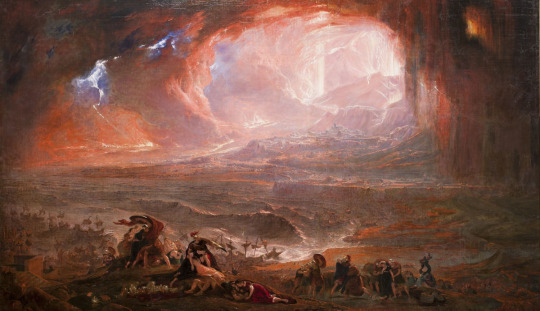
View On WordPress
3 notes
·
View notes
Text

La Casa di Puquius Procolus, Pompeii, ITALY
61 notes
·
View notes
Text

Sátiro abrazando a una Ménade / Ariadna
Satyr embracing a Maenad / Ariadne
Fresco estilo III, que representa a un sátiro abrazando a una ménade o Ariadna. El hallazgo, que pertenece a las colecciones MANN, procede del tablinum de la casa de Lucio Cecilio Giocondo en Pompeya. La red de oro que sujeta el cabello, los pendientes, el collar y el brazalete son ejemplos del gusto de la época (mediados del siglo I d.C.).
El gabinete secreto del Museo Arqueológico de Nápoles
ph. by Silvia Vacca
***
III style fresco, depicting a Satyr embracing a Maenad, or Ariadne. The find, which belongs to the MANN collections, comes from the tablinum of the House of Lucio Cecilio Giocondo in Pompeii. The gold net that holds the hair, the earrings, the necklace and the bracelet are examples of the taste of the time (mid-1st century AD).
The Secret Cabinet of the Archaeological Museum of Naples
4 notes
·
View notes
